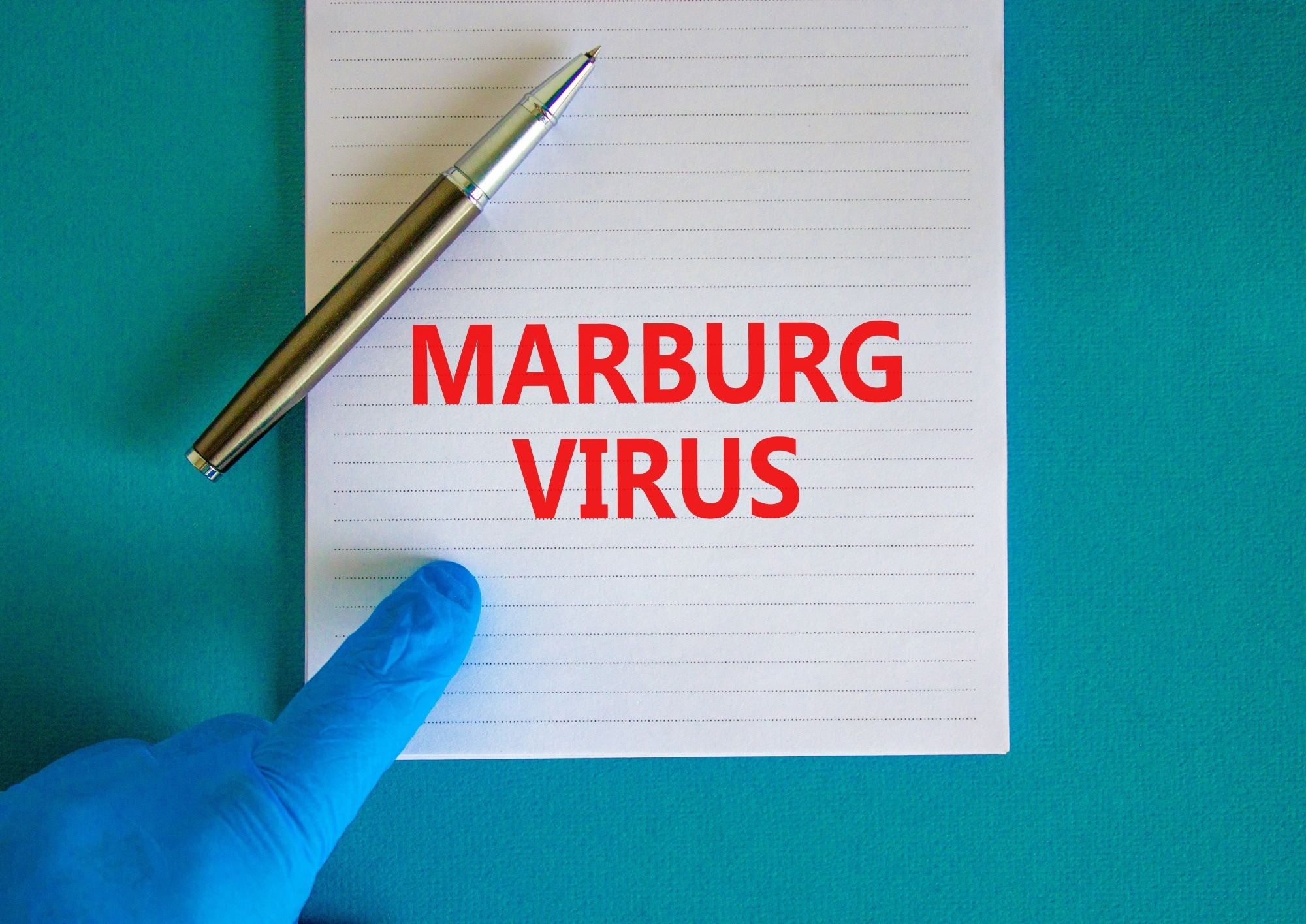In a recent review published in the Annals of Medicine and Surgery, researchers described the Marburg virus (MARV) July 2022 outbreak in Ghana and efforts globally to curtail MARV transmission. In addition, they suggested a few recommendations to help decrease the MARV health burden.
 Study: Marburg virus outbreak in Ghana: An impending crisis. Image Credit: Dmitry Demidovich/Shutterstock
Study: Marburg virus outbreak in Ghana: An impending crisis. Image Credit: Dmitry Demidovich/Shutterstock
MARV was initially detected in 1967 and has expanded geographically to many African nations such as Uganda, South Africa, Zimbabwe, the Democratic Republic of the Congo (DRC), and Kenya.
MARV could overwhelm healthcare systems and significantly impact human lives given the simultaneous occurrence of the severe acute respiratory syndrome coronavirus 2 (SARS-CoV-2) pandemic. However, data on the July 2022 MARV outbreak in Ghana are lacking.
About the review
In the present review, researchers described MARV etiology, epidemiology, transmission, and clinical features of MARV infections and provided recommendations for the prevention and management of MARV infections.
Etiology, epidemiology, and transmission
MARV infection is a commonly reported type of hemorrhagic fever similar to Ebola virus (EBOV). MARV is a filovirus, the natural host is Rousettus aegyptiacus (African fruit bat), belonging to the Pteropodidae bat family. However, MARV has been detected in Cercopithecus aethiops (green monkeys in Uganda) and chimpanzees. MARV infection has resulted primarily from exposure to crafts and mines.
Two MARV epidemics occurred in 1967 in Serbia, Belgrade, Frankfurt and Marburg, and subsequently, the virus expanded to involve Kenya (1980, 1987), South Africa (1975), DRC (the Democratic Republic of the Congo, 1998 to 2000), Angola (2004 to 2005), and Uganda (2007, 2008, 2012, 2014, and 2017). In the current year, MARV was detected in Ghana (in West Africa) on 19 July 2022.
MARV can transmit via direct contact with blood and bodily fluids of MARV-infected individuals by sharing MARV-infected materials or cutaneous exposure via exposed abraded skin mucosal membranes or skin.
In addition, MARV can transmit from animals to human beings (zoonotic transmission) by consuming infected animals or via contact with feces or urine of infected bats.
Clinical features, diagnosis and prevention
The incubation period of MARV has been estimated to be three days to 21 days and post-incubation, MARV-infected individuals develop symptoms such as fever, headache, chills, malaise, myalgia, dyspnea, diarrhea and vomiting, appetite loss and musculoskeletal pain. Clinical signs include epistaxis, dense oropharyngeal secretions and hemorrhage in the oral cavity and subconjunctival areas.
MARV was detected initially in a male individual aged 26 years with positive travel history. He was hospitalized within two days of symptom onset and died the day after. The second MARV-positive case was reported in a 51-year-old male who died the same day of hospitalization. The findings are indicative of the severity and rapid progression of MARV infections. In both cases, MARV was detected by reverse transcriptase-polymerase chain reaction (RT-PCR) analysis.
Healthcare workers must wear personal protective equipment (PPE), gowns, gloves, masks, face shields, and goggles, practice hand hygiene, and use sterilized needles and sharp instruments. MARV-infected individuals must be quarantined in preferably single rooms and provided private bathrooms. Care must be taken to prevent farm animals from contracting MARV.
Governments and healthcare authorities must increase the budget and funding to increase diagnostic testing and expand the provision of health resources and the number of healthcare workers and hospital beds must be increased. Further, safety protocols for the burial of MARV-infected deceased individuals must be followed.
Aerosol-producing procedures should be performed carefully and preferably in aerial isolation rooms, with PPE use and respiratory protection measures. Further, animal products must be cooked properly prior to consumption. Global collaborative efforts must be continued to be made by the World Health Organization (WHO) and other health authorities to provide support to nations endemic to MARV and continue to provide financial aid to decrease the health burden of MARV.
Conclusion
To conclude, based on the review findings, MARV infections can lead to significant morbidity and mortality globally and coordinated collaborative efforts must be taken across nations to curtail MARV transmission and decrease the health burden of MARV. Further research is required to improve understanding of MARV characteristics to effectively combat MARV infections and guide the development of MARV-targeted therapeutic agents.